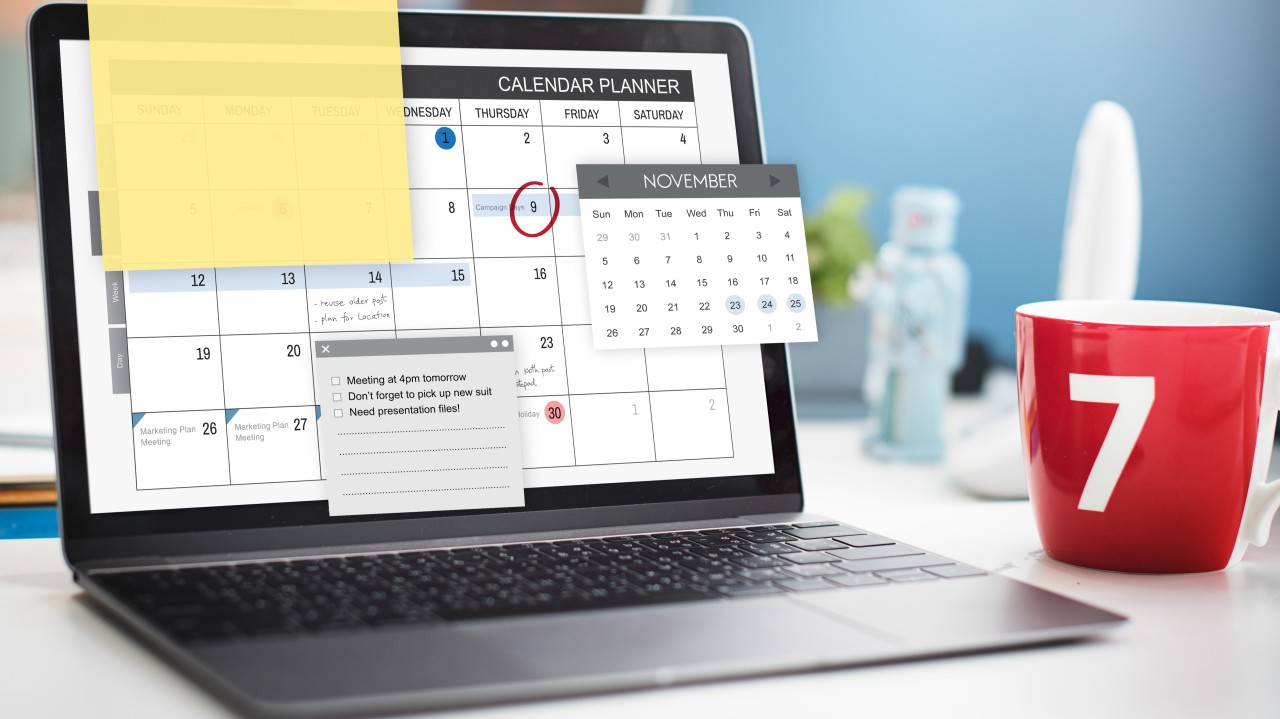In the fast-paced world of digital marketing, staying organized is key to success. A well-structured content calendar not only helps streamline your marketing efforts but also ensures that you remain consistent and strategic in your messaging. Whether you’re managing a blog, social media accounts, or email campaigns, a content calendar serves as a roadmap for your digital marketing campaigns. Here’s how to create an effective content calendar that can elevate your marketing strategy.

Table of Contents
ToggleWhat is a Content Calendar?
A content calendar is a planning tool that outlines your content strategy for a specific period, detailing what content will be published, when, and on which platforms. It helps you visualize your marketing efforts, track deadlines, and coordinate with team members, ensuring that all pieces of content align with your marketing goals.
Benefits of a Content Calendar
- Enhanced Organization: A content calendar keeps all your marketing activities in one place, making it easier to track what needs to be done.
- Consistency: Regular posting helps maintain audience engagement and brand visibility. A content calendar ensures that you consistently deliver high-quality content.
- Better Collaboration: If you’re working with a team, a calendar allows everyone to stay on the same page, facilitating collaboration and communication.
- Improved Strategy: Planning your content ahead of time enables you to align it with marketing goals, seasonal events, and promotions.
- Time Efficiency: With a calendar in place, you can batch-create content, saving time and reducing last-minute scrambling.
Step-by-Step Guide to Creating a Content Calendar
1. Set Your Goals
Start by defining your content marketing goals. Are you looking to increase brand awareness, generate leads, boost website traffic, or engage your audience? Your goals will guide your content strategy and help you measure success.
2. Choose Your Platforms
Decide which platforms you will use to distribute your content. This could include:
- Your blog
- Social media channels (Facebook, Twitter, LinkedIn, Instagram)
- Email newsletters
- Video platforms (YouTube, TikTok)
- Podcasts
Understanding where your audience spends their time will inform your content creation and scheduling.
3. Determine Your Content Types
Identify the types of content you plan to create. Consider including a mix of formats to keep your audience engaged, such as:
- Blog posts
- Infographics
- Videos
- Social media posts
- Webinars
- Ebooks
- Email newsletters
This variety can cater to different audience preferences and enhance engagement.
4. Establish a Posting Schedule
Determine how often you want to publish content on each platform. Your posting frequency may vary by channel; for instance, you might post daily on social media but weekly on your blog. Establish a realistic schedule that aligns with your resources and capabilities.
5. Brainstorm Content Ideas
Conduct brainstorming sessions to generate content ideas. Consider the following techniques:
- Keyword Research: Identify popular search terms related to your industry to create relevant content.
- Audience Feedback: Use surveys, polls, and social media interactions to gather insights about what your audience wants to see.
- Competitor Analysis: Review your competitors’ content strategies to find inspiration and identify gaps in your content.
6. Use a Template or Tool
Choose a template or tool to create your content calendar. Options include:
- Spreadsheets: Tools like Google Sheets or Excel offer customizable templates to track your content.
- Project Management Tools: Software like Trello, Asana, or Monday.com can help you manage your content calendar visually.
- Specialized Calendar Tools: Platforms like CoSchedule, ContentCal, or Hootsuite provide integrated content calendar solutions tailored for digital marketing.
7. Populate Your Calendar
Begin filling in your calendar with planned content, including:
- Content Title: What is the topic or theme?
- Content Type: Specify whether it’s a blog post, video, social media post, etc.
- Due Date: Set deadlines for content creation and publishing.
- Responsible Team Members: Assign roles to ensure accountability.
- Publishing Platforms: Indicate where the content will be shared.
- Status: Track the progress of each piece (e.g., idea, in progress, scheduled, published).
8. Monitor and Adjust
Once your content calendar is in place, regularly monitor its performance. Analyze metrics such as engagement rates, traffic, and conversions to determine what content resonates best with your audience. Based on these insights, adjust your calendar to refine your strategy, making necessary changes to topics, formats, or scheduling.
9. Plan for Flexibility
While it’s essential to have a plan, be prepared to adapt your content calendar as needed. Market trends, seasonal events, or unexpected news can influence your content strategy. Maintain some flexibility in your calendar to accommodate timely topics or last-minute changes.
Conclusion
Creating a content calendar for your digital marketing campaigns is a powerful way to enhance organization, consistency, and strategy. By setting clear goals, choosing the right platforms, brainstorming diverse content ideas, and regularly monitoring performance, you can develop a roadmap that drives engagement and achieves your marketing objectives. With a well-planned content calendar, you’ll not only streamline your content creation process but also foster a deeper connection with your audience, leading to long-term success. Start planning today, and watch your digital marketing efforts flourish!


No responses yet